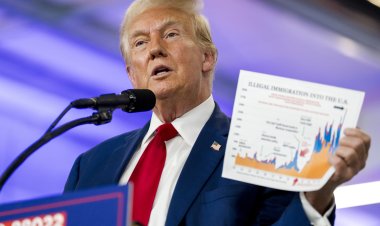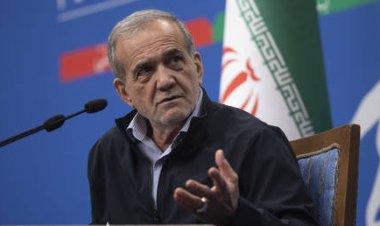Inside Joe Biden’s new student loan repayment plan
Many borrowers would face lower monthly payments and the department will curb interest accrual.


Alongside his pledge to start over on a plan to cancel student debt, President Joe Biden last week unveiled the final details of his separate student loan repayment program. The program, which has been in the works for more than a year, will permanently reshape how borrowers repay their federal student loans.
Here’s our quick guide to Biden’s new “SAVE” plan for student loan repayment:
What’s in the plan
The finalized income-driven repayment program is largely unchanged from the initial proposal the administration unveiled in January. Many borrowers would face lower monthly payments, the department will curb interest accrual, and borrowers with relatively smaller balances could see loan forgiveness more quickly.
What’s not in the plan
The administration rejected calls to lower the monthly payment amount (5 percent of income) for graduate borrowers, keeping the benefit only for undergraduate borrowers. And the administration didn’t budge on Parent PLUS borrowers, who remain excluded from the new program.
Phased implementation
A key feature of the plan that Biden touted on Friday — cutting payments for undergraduate borrowers in half — won’t be available to borrowers for another year, in July 2024. That’s because the administration is implementing the new program in phases. Here’s how the Education Department says it’ll work:
Sign-ups start soon
The department says that “later this summer” borrowers will be able to begin enrolling in the SAVE plan. It plans to automatically switch borrowers currently enrolled in the existing REPAYE plan to SAVE at that time. The department says that borrowers who apply for one of those plans “this summer” will have their applications “processed in time” for their first payment due dates that begin in October.
Happening this summer
Two of the biggest benefits of the SAVE program will go into effect “this summer,” according to the Education Department. First is the increase of the income threshold for zero-dollar payments from 150 percent of the poverty line to 225 percent of the poverty line, immediately lowering payments for lower-income borrowers. Second, the department’s new interest limits kick in. Borrowers won’t have to pay interest that accrues in a month beyond what’s covered by their monthly payment.
Waiting until next year
The Education Department says that undergraduate borrowers won’t see their payments cut in half (from 10 percent to 5 percent of their discretionary income) under the program until July 2024. And while borrowers will be able to sign up this summer to allow the Education Department to automatically use their tax information to stay enrolled in the program each year, that option won’t be fully up and running until 2024, according to the department.
The price tag
The Biden administration estimates that its new, more generous income-driven repayment plan will cost $156 billion over the next decade, though that figure assumed the Supreme Court would allow student debt cancellation. The estimate is slightly higher than the administration’s initial analysis but still significantly lower than many outside analyses, including a projection by the Congressional Budget Office.
This reporting first appeared in Weekly Education. Sign up to get it in your inbox every Monday at 10 AM.












